If your dental hygiene wasn't the best before you got braces, it's time to step up your game.
Taking care of your teeth and gums becomes extra important when you wear braces, and caring for them means taking the time to brush your teeth and floss regularly. You'll want to be gentle when you brush or floss in order to avoid damaging the wires and brackets – as part of your complementary ‘starter pack’ we’ll give you the right toothbrush and toothpaste when your braces go on.
Flossing after meals will help you get rid of food particles jammed between your teeth or in the wiring of your braces and on the brackets. Be gentle with the floss. Thread it carefully between the tooth and the braces' wire, then work it slowly back and forth between the teeth and braces. Remember that too much force when flossing can damage your braces.
The waterpik and other water flossers are good at dislodging food and cleaning between teeth as an alternative to conventional flossing.
The best way to clean your teeth and braces
Your orthodontist will give you a list of foods to avoid when you have braces on your teeth. A good rule of thumb is to skip any sticky, chewy or hard foods. Sticky foods, such as caramels or gummy candy, are likely to get stuck. Crunchy foods such as popcorn or hard pretzels can also get lodged in the braces.
Along with steering clear of certain foods, you'll also want to watch anything you put in your mouth when you have braces. Nail biters or pen chewers can damage their braces quite easily.
If you play sport, we’ll issue you with a mouthguard as part of your treatment cost, so you can protect your braces, and your precious teeth.
We recommend the use of a high concentration fluoride (1.1%) toothpaste to strengthen the tooth enamel and reduce the risk of discolouration and decay of the teeth.
Use the toothpaste once per day in place of your normal toothpaste for the duration of the braces treatment. When it runs out we can supply you with more.
Take your travel tooth brush to school or work and remember to brush after lunch. If you don’t have your toothbrush with you, at least rinse your mouth out and chew some sugar free chewing gum.
Use a plaque disclosing tablet.
To check to see if you are reaching all those tricky places, chew a plaque disclosing tablet after brushing and swish saliva around your mouth for 30 seconds. Rinse your mouth out and any plaque or food left on your teeth will be coloured pink by the dye. Brush these areas again thoroughly until the colour has all gone.


